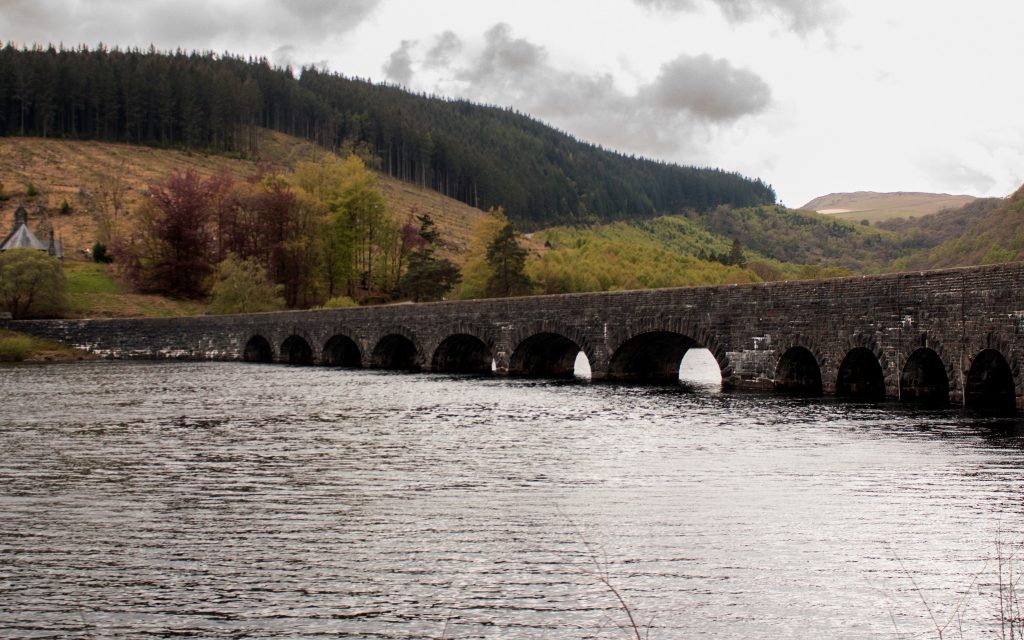 Environment
Environment 
Two of Wales’ three National Park Authorities (Pembrokeshire Coast and Snowdonia) have an adopted Local Development Plan produced in close co-operation with the communities that live within them. The third, produced by the Brecon Beacons National Park Authority, is currently at examination stage. Community engagement was once again key to pulling together community interests from across a geographically wide, largely rural area. Planning Aid Wales explains the process they adopted to engage with communities from a very early stage, and by doing so hopefully reducing conflict during the later stages of plan development.
What did we set out to do ?
Planning Aid Wales was commissioned by the Brecon Beacons National Park Authority in early 2008 to help engage around fifty community and town councils in the early stages of preparing a Local Development Plan (LDP). The authority could offer support and resources for participating councils and recognised the need for creativity and innovation.
Working as an independent training provider and facilitator, Planning Aid Wales devised a structured engagement programme with three main aims:
i. Build local community capacity to engage with strategic planning policy making.
ii. Use the opportunity to improve communication between the Authority and the community and town councils within the Park area.
iii. Reduce the potential for conflict at later stages of plan preparation, particularly around settlement development limits and land allocations.
How did we do it ?
Early-stage engagement
In essence, the planning authority offered each community council the opportunity to take responsibility for organising involvement by their local communities in the early, strategy-setting stages of plan preparation. Around half of the community councils took up the offer, agreeing to work with their communities to collate detailed information about their localities and define local preferences for future growth, including the location of possible future development sites.
The outputs from this locally-driven community engagement process would help participating councils respond to a range of strategic development options put forward by the planning authority. Information from local engagement activities would also feed into the authority’s preferred strategy for the LDP.
Planning Aid Wales acted as independent facilitator of this innovative engagement process by:
• delivering a three-stage programme of capacity building workshops to which all community councils were invited. These gave participants an overview of the planning process and their role in LDP preparation. They also helped to develop a common approach for community and town councils to work with their communities, and introduced a range of community involvement tools and techniques which could be used to engage local people in the plan-making process.
• producing a Community Participation Toolkit to help councils generate a genuinely representative community response to forward planning issues.
• producing a comprehensive advice and information pack to help councils understand their role as community representatives in LDP preparation.
This early stage engagement work was very well -received locally and was recognised by the Welsh Audit Office as making a positive contribution when it reviewed the authority’s planning functions in 2009.
Later stage engagement
Planning Aid Wales was again commissioned in 2010 to help maintain community and town council engagement during the later stages of LDP preparation. This included delivering further planning workshops for community councillors, a training event for authority members, and two ‘drop in’ events to assist councils preparing a response to the Deposit version LDP.
As a spin-off from this work, Planning Aid Wales worked with the Planning Inspectorate to develop new user-friendly ‘model’ LDP representation forms and accompanying guidance.
What difference has it made ?
This project has:
• built the capacity of community and town councils in one local planning authority area to engage productively in planning policy-making.
• developed community understanding of environmental capacity issues, which is vital in a nationally designated landscape area.
• provided an exemplar case study of structured community engagement in planning policy-making.
• been instrumental in building a more positive relationship between the planning authority and its communities.
• built the capacity and confidence of the authority’s planning policy team to engage creatively with local communities.
• effectively reduced friction during the later stages of LDP preparation.
The potential of this early engagement with town and community councils was recently acknowledged as effective best practice by the Independent Advisory Group’s report Towards a Welsh Planning Act: Ensuring the Planning System Delivers for the Welsh Government. The Advisory group felt that early engagement at a Town and Community Council level:
“would build greater understanding of the level of development their area could accommodate; the implications in terms of infrastructure; and the policy context against which any proposed development would be assessed.” (page65)
You can find out more about how Planning Aid Wales is helping local communities to engage with planning at: planningaidwales.org.uk
National Parks Wales’ website is www.nationalparkswales.gov.uk
Elwyn Thomas is the Chief Executive of Planning Aid Wales
Greg Pycroft is the Policy Officer of National Parks Wales


